
Laocoön 1614
by El Greco
Widespread interest in the story of Laocoön, a mythical priest of Troy, developed after an ancient, monumental sculpture representing him and his two sons was unearthed in 1506 in Rome. Suspecting trickery, Laocoön had warned his countrymen not to accept the wooden horse left outside Troy by the Greeks and had hurled his spear at it to prove that it was hollow. Thus the pr...
- Size:
- 137.5 x 172.5 cm
- Medium:
- Oil on canvas
- Credit:
- Courtesy of National Gallery of Art, Washington
More from this artist...
Loading...
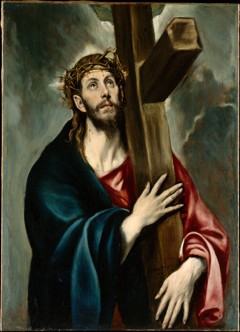
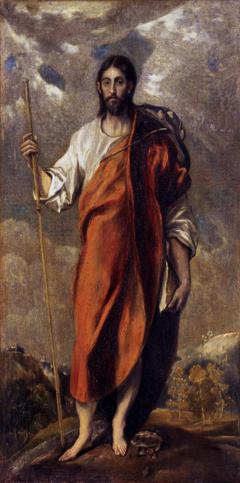
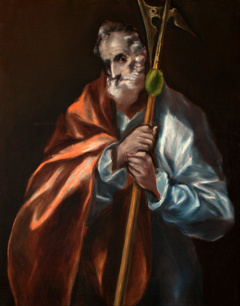

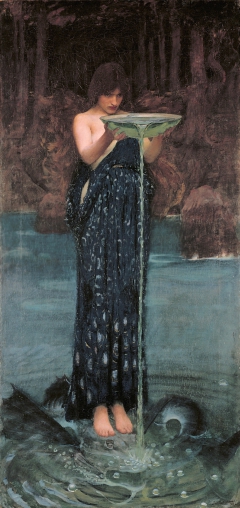
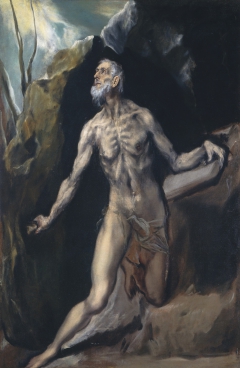

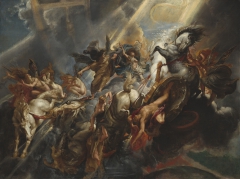
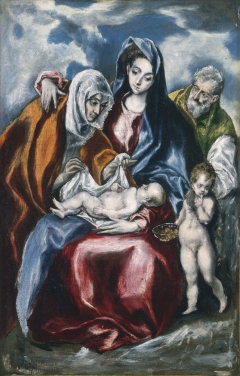
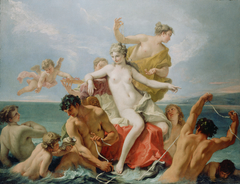
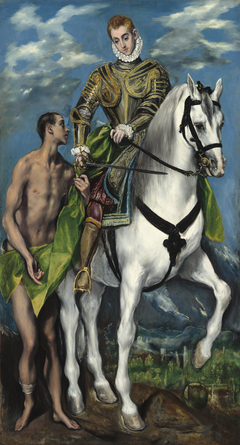
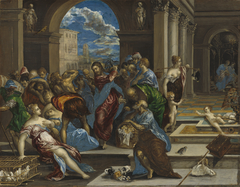
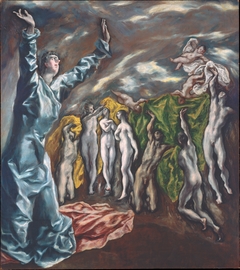
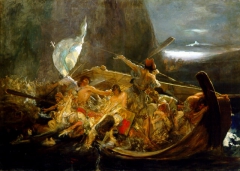
Discussion